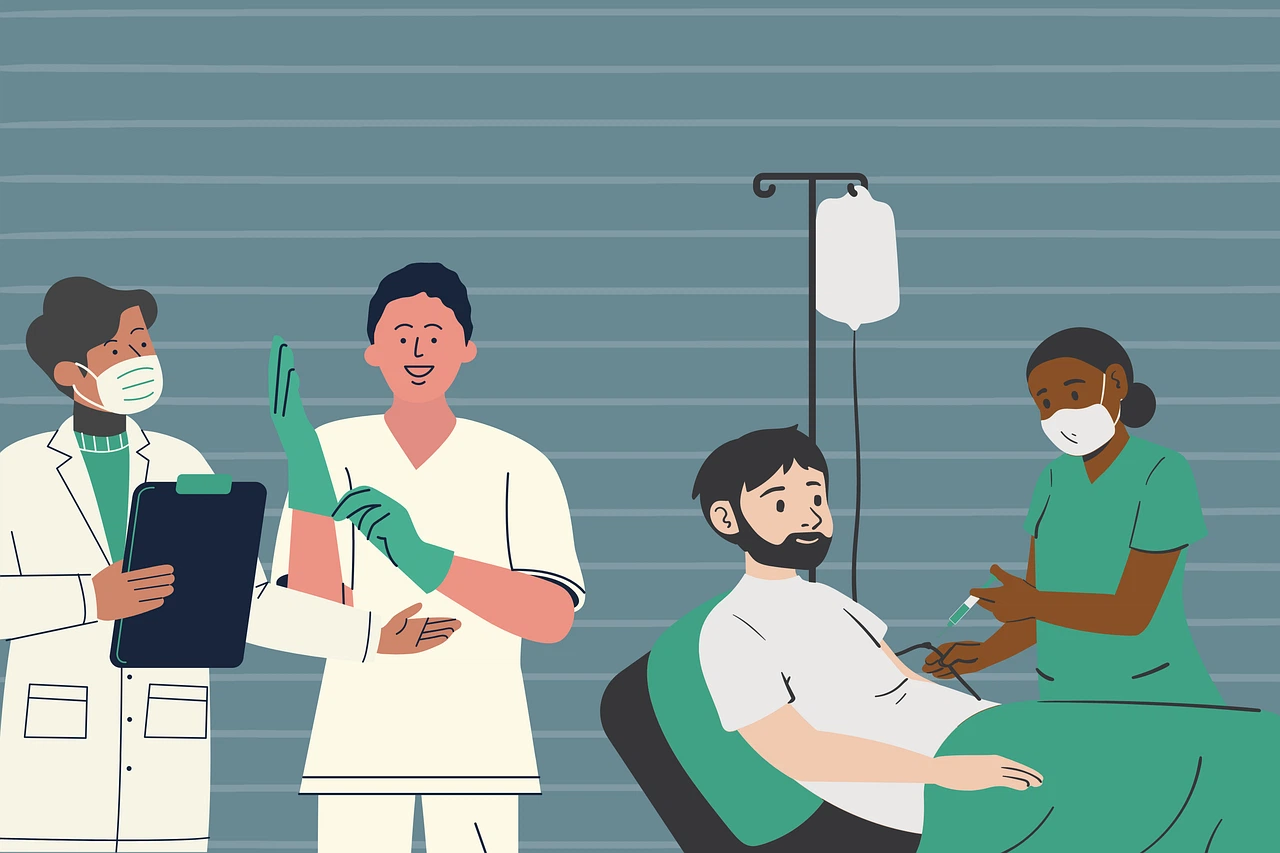
When the general population thinks of health emergencies, different things may come to mind. Severe pain is one and can be associated with several medical emergencies, while other emergencies may not involve severe pain. Here’s a look at six of the most common medical emergencies and what to do in each situation.
#1: Bleeding
Minor cuts can cause controllable bleeding in most people, and this can be treated by simply washing the cut, applying antibiotic ointment, and then applying a bandage. However, more serious bleeding can occur and it’s considered to be serious if basic first aid treatments don’t stop the bleeding. Serious bleeding can look like deep bruises that don’t go away (internal bleeding), an object is visible in the wound, the wound appears to be deep, or you can see bone or tissue. To treat excessive bleeding, apply pressure to the wound to help the blood clot
#2: Choking
Choking is more often seen in infants and children, as anything larger than a grape can become lodged in their windpipes, but choking is also seen in adults— especially older adults. As we age, muscle strength in the mouth and throat weakens and makes it harder to chew and swallow, increasing the chances of choking. If someone (no matter the age) is choking, they won’t be able to cough, talk, or breathe. The Heimlich maneuver is the best way to save a person from choking, and this looks different in babies and adults.
#3: Difficulty/Stopped Breathing
Many reasons can cause a person to have trouble breathing, with the most common being something as minor as a stuffy nose to anaphylaxis (allergic reactions). On the other hand, if a person has collapsed and stopped breathing, they’re going to need immediate medical attention. In the best-case scenario, you would perform CPR, which is a basic life support method. Anyone can take a Basic Life Support (BLS) Certification Course online or in person. It is recommended that 911 is called first, then CPR performed on adults who have collapsed, and to use CPR first on younger individuals, then call 911.
#4: Epileptic Seizure
Epilepsy is a medical condition in which bursts of electrical activity happen in the brain, causing a seizure. Seizures can look different, depending on which part of the brain is seeing the electrical activity. A person can stare blankly (absence), their body can twitch (myoclonic), or the body can suddenly go limp (atonic). Anyone can have a seizure, but epilepsy is a chronic condition and both require medical attention— especially for people who have never had a seizure.
#5: Heart Attack
A heart attack occurs when the supply of blood to the heart is suddenly cut off, usually as a result of heart disease. This is why heart attacks are more common in adults, but children and teens can experience them as well. The main symptoms of a heart attack include:
- Shortness of breath and/or difficulty breathing
- Pain in the chest, one or both arms, neck, jaw, back, and/or stomach
- Feeling sick, dizzy, or lightheaded
- Coughing or wheezing
Someone can be having a heart attack and not have any of these symptoms. Sometimes a person (especially women, the elderly, and diabetics) may feel like they have indigestion. However, all these signs must be taken seriously and 911 should be called immediately.
#6: Stroke
While heart attacks occur when the blood supply is blocked from the heart, a stroke occurs when blood is cut off to the brain. Also like heart attacks, 911 should be called immediately when a person is showing signs of a stroke:
- Face has drooped on one side
- Arms aren’t able to be lifted by the person
- Speech in the person is slurred and/or they can’t understand speech
- Time to call 911
The acronym FAST is how most people can spot a stroke in another person. The quicker your reaction, the better the outcome for the person having the stroke. Because strokes affect the brain, serious brain damage can occur if treatment is prolonged.
There are many other medical emergencies that a person might experience, but these are some of the most common. Some you may be able to handle on your own before calling 911, while others require you to call 911 immediately. It’s good to have basic life support and first aid knowledge and to know how to spot seizures, heart attacks, and strokes. Having this knowledge can help you save a person’s life.
Interesting Related Article: “Benefits That Come from Physical Therapy“

